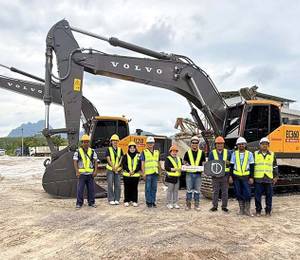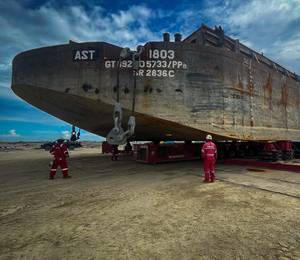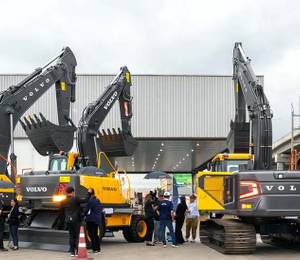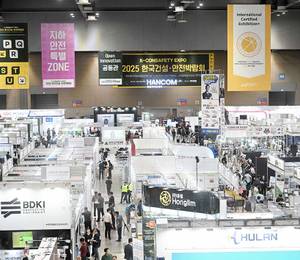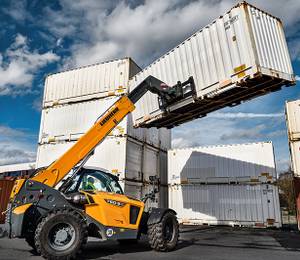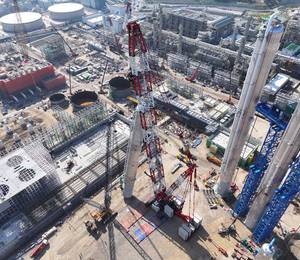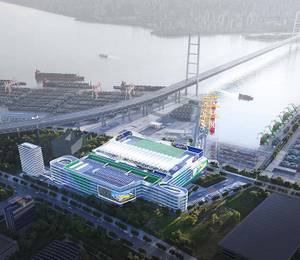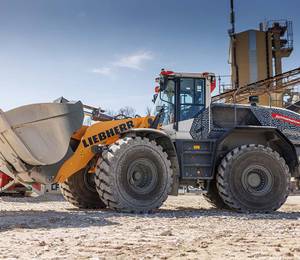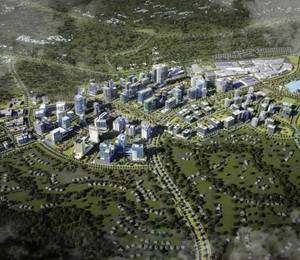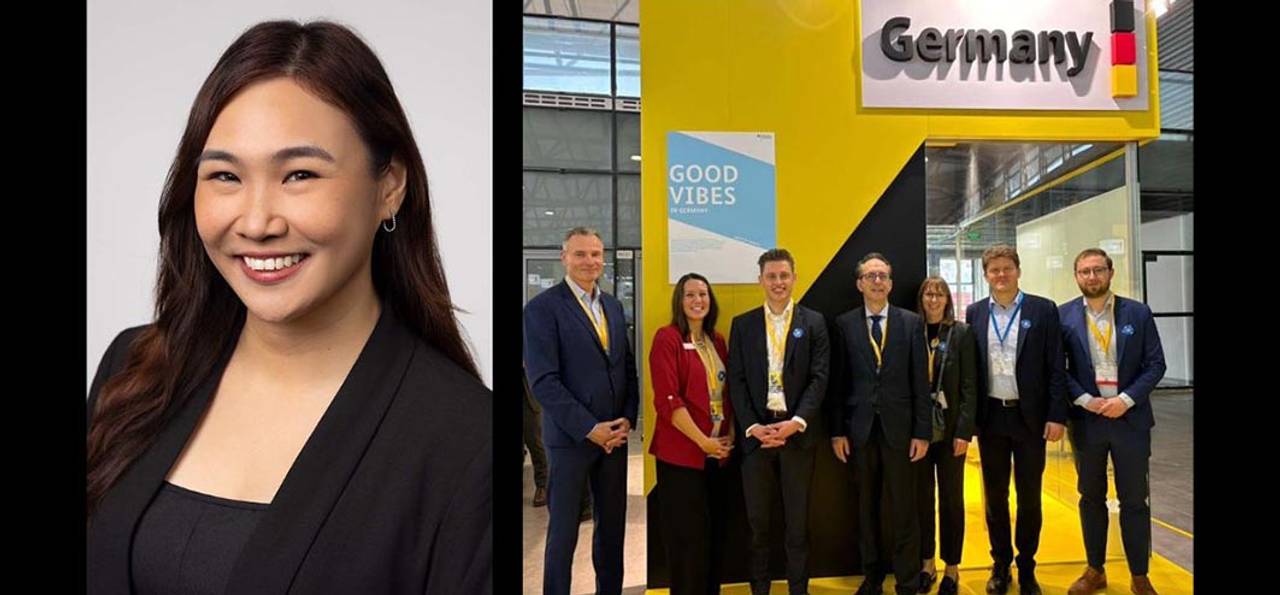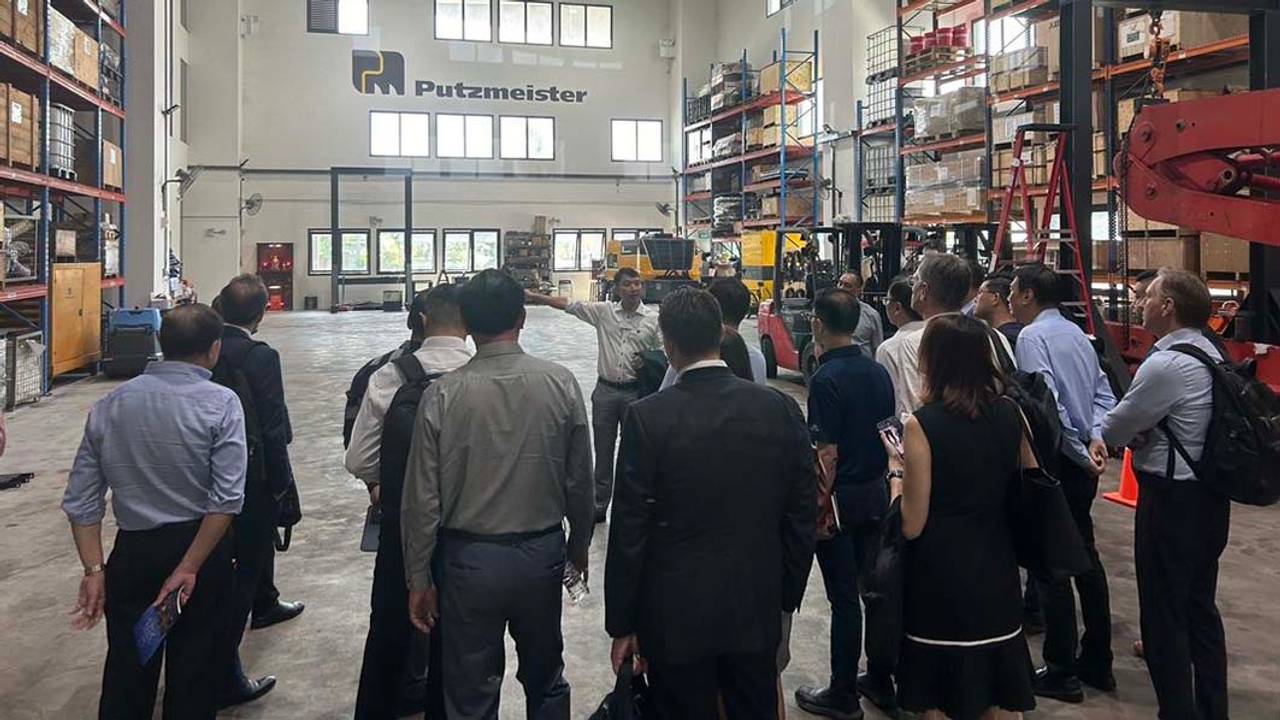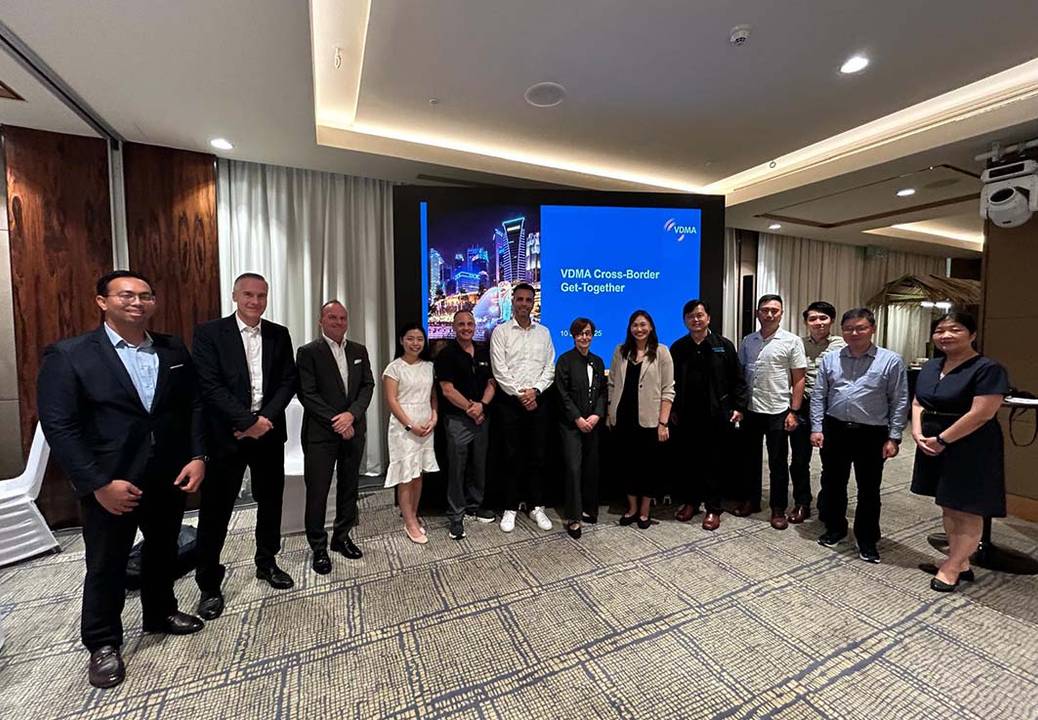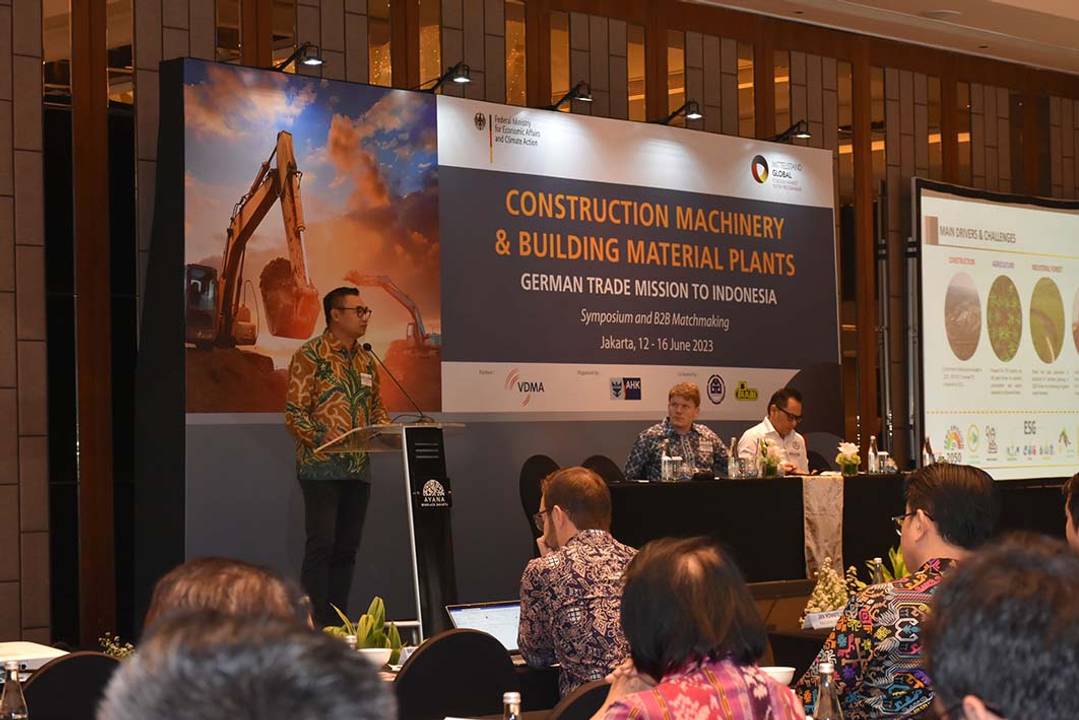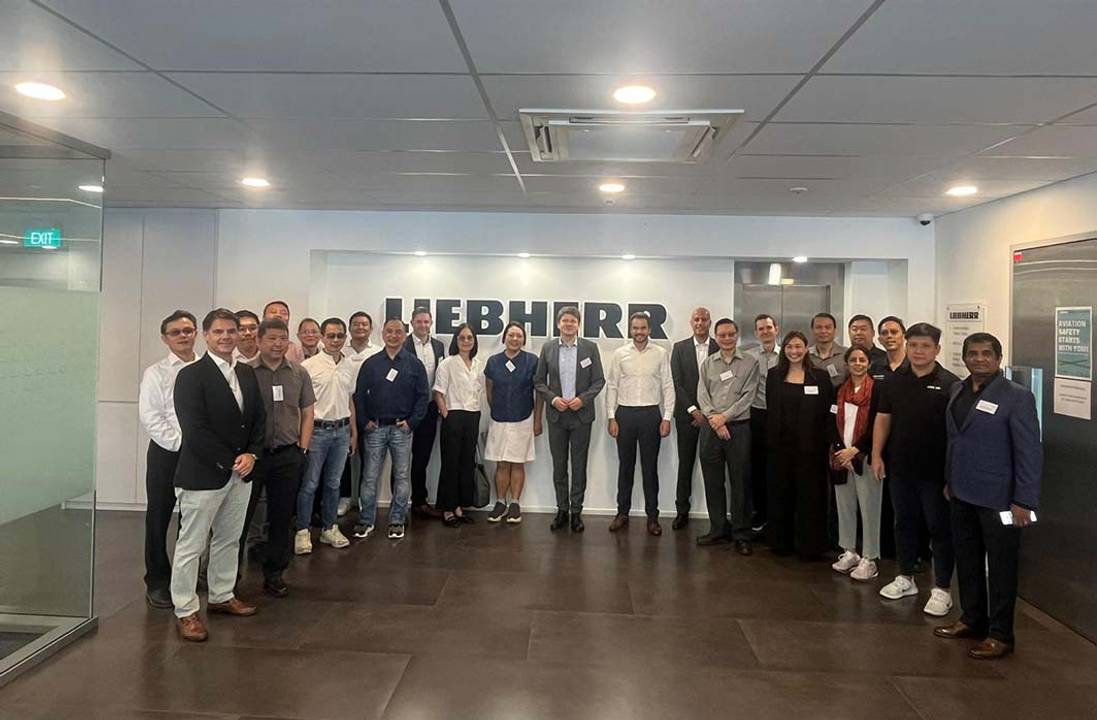The Germany-based Machinery and Equipment Manufacturers Association, VDMA, has opened a new office in Singapore to serve the Southeast Asian market. Tiffany Ang, the newly appointed regional manager for ASEAN, spoke with SEAC on this latest move, challenges faced by the industry, and how the association can support its members in the region.
With more than 3,600 member companies, VDMA is an advisor, lobbyist, network platform, sparring partner and the voice of the mechanical and plant engineering industry across Germany and Europe. Headquartered in Frankfurt, the association has representative offices worldwide – including in Asia (located in China, India, Japan and now Singapore).
1). Ms Ang, VDMA has been active in Asia for many years. What prompted the association to set up a new base in the ASEAN region?
Tiffany Ang (TA): While ASEAN is among the fastest-growing markets in the world, the European mechanical and plant engineering industry has seen a decline in market share here over the last decade. For a long time, many companies have concentrated on the Chinese market and paid little attention to the Southeast Asian region.
However, the ASEAN nations present growing sales markets for machinery and equipment, attractive investment opportunities, and good prospects for diversifying sales, production and supply chains.
The VDMA Foreign Trade department recognised the expanding network of subsidiaries of our member companies in major ASEAN markets. As such, we decided to launch a new representative office in Singapore, which was officially opened on 6 January 2025 – when I also started my role.
2). Can you tell us more about your responsibilities and the role of the ASEAN office?
TA: With the new ASEAN office, VDMA is now better placed to help its member companies and the European mechanical and plant engineering industry establish a stronger foothold in the region and regain lost market share.
My main responsibilities are to increase the association’s presence and engagement within the region. This involves reaching out to as many of our members as possible – by connecting with businesses and understanding their needs within the network, we can develop and enhance our services and offerings through events and activities across the region.
We also regularly communicate with VDMA representatives in China and India. With their experience of running the VDMA offices and our strong network across Asia, there is constant information sharing, along with facilitating connections, between members in our regions.
3). What sort of services and support do you provide to your members in ASEAN?
TA: Currently, over 500 VDMA members are both active and/or interested in the ASEAN market. Around 30 OEMs from the construction equipment and building material plant engineering sectors run local subsidiaries in at least one of the ASEAN countries, and many of them have their Asia Pacific headquarters in the region. On top of that, more than 20 of the tier-one component suppliers for our machines operate here, some of them even with localised production.
By understanding our subsidiaries’ local market and business dynamics, we will focus on identifying new business opportunities and organise initiatives such as webinars, networking sessions and knowledge sharing, etc. We also aim to provide ASEAN updates to subsidiaries via newsletters and other media channels, and are working with various associations from different trade sectors on these initiatives.
4). Over the past few months, have you seen any new trends emerging in the construction equipment sector?
TA: In the ASEAN region, one new trend reshaping the construction sector is the growing adoption of electric vehicles (EVs). The shift is driven by the advantages of lower emissions, long-term lower operating costs, and a stronger focus on sustainability and green technologies.
Companies are investing more heavily in eco-friendly machinery and energy-efficient construction practices that align with environmental standards. This reflects a broader movement towards reducing the industry’s carbon footprint and increasing long-term environmental responsibility.
Furthermore, as the market matures, companies are placing greater emphasis on after-sales support, including enhancing their business strategies and service offerings to remain competitive against markets elsewhere in Asia by delivering higher customer value and reliability.
5). What are the main challenge(s) faced by your members in the ASEAN region?
TA: ASEAN is a fragmented region, with each country having its own economic priorities, legal systems and development stages. This fragmentation makes it challenging to implement a one-size-fits-all strategy.
To succeed, VDMA works with industry players to evaluate and identify common regional interests such as improving cross-border collaboration, enhancing workforce skills, and promoting the exchange of business solutions that can benefit all markets across ASEAN.
In the construction machinery sector, the dominance of Chinese manufacturers – which are often supported with government export subsidies – poses a big challenge. We strongly advocate for fair competition and continue to demand a level playing field.
Producing in the region, our members make use of the RCEP (Regional Comprehensive Economic Partnership) FTA benefits and successfully sell their premium-quality products on the basis of superior life-cycle costs (total cost of ownership).
6). Which ASEAN markets are you focusing at the moment, and what’s the plan for next year?
TA: For 2025, VDMA focuses on Singapore, Malaysia and Thailand. These markets are strategically important due to their proximity to our Singapore office, and the fact that we already have a significant number of subsidiaries operating in these three countries. This makes it more accessible for us to conduct outreach and engage with local dynamics, leveraging our established networks and in-depth understanding of the market environments.
In the construction equipment sector, we closely follow the Philippines’ current upswing in infrastructure investment and we’re also looking at the Philconstruct exhibition in November this year to provide a platform for our member companies.
In 2026, we will expand our focus to Indonesia and Vietnam. Based on our survey last year, we have identified both countries as emerging markets with strong potential for expansion in the coming years. These markets are experiencing significant economic growth and infrastructure development, presenting excellent opportunities for our members.
We will closely explore all the markets and learn from existing subsidiaries in the region, so that we can better support our members as they look to expand their presence and operations here.
Note: This story has also been published in the Jul/Aug 2025 issue of SEAC (with more images). Click here to read it online or here to download the PDF file (pages 44-46).
